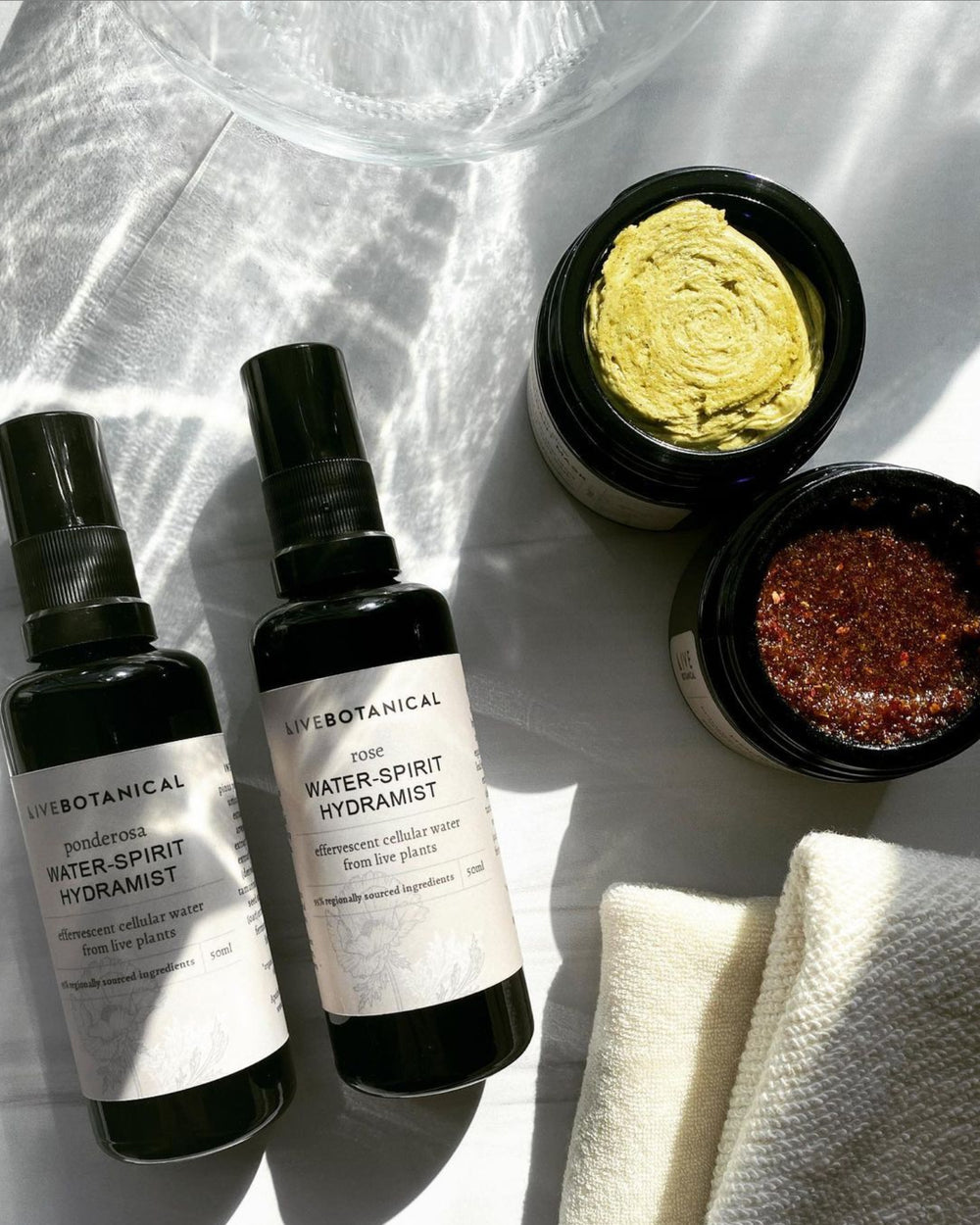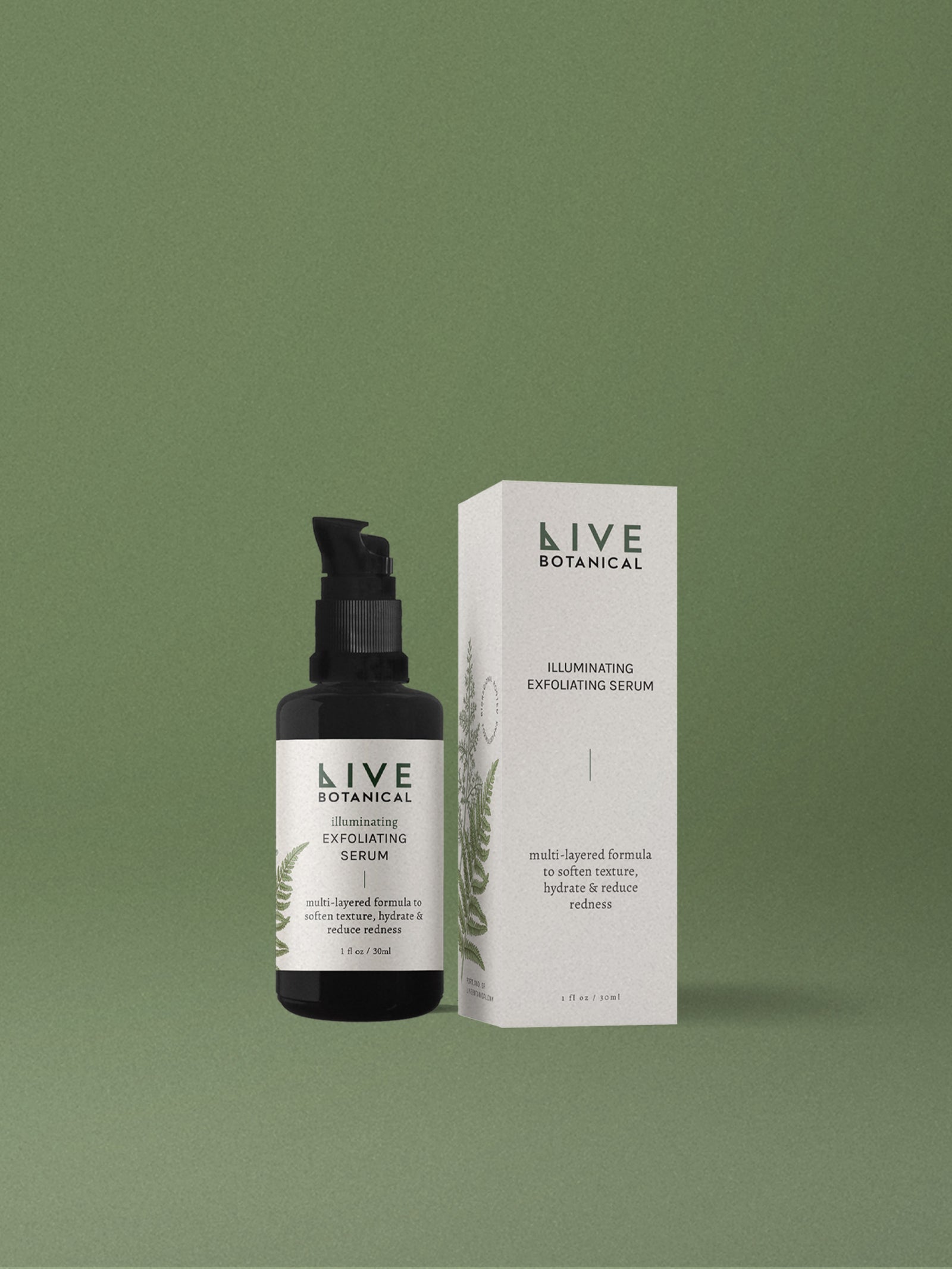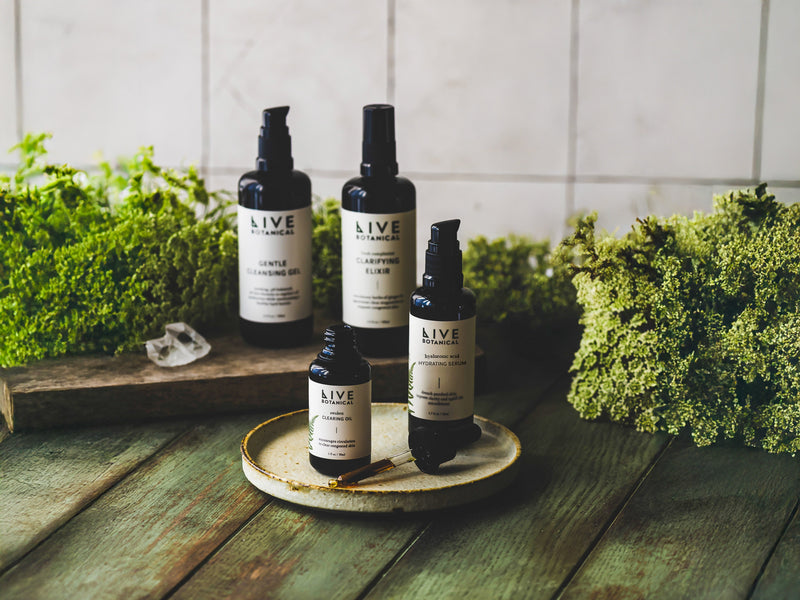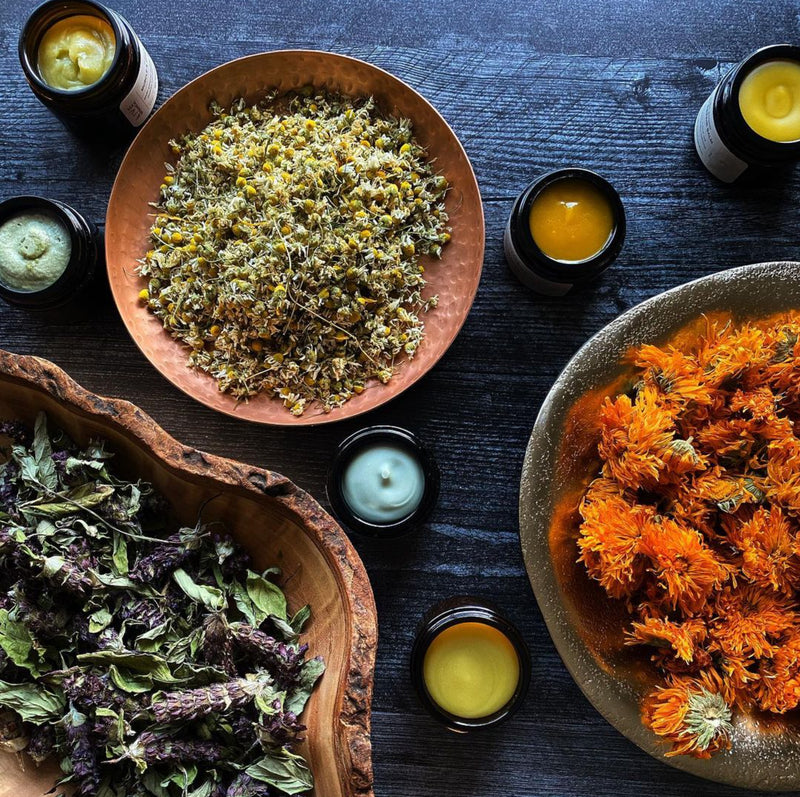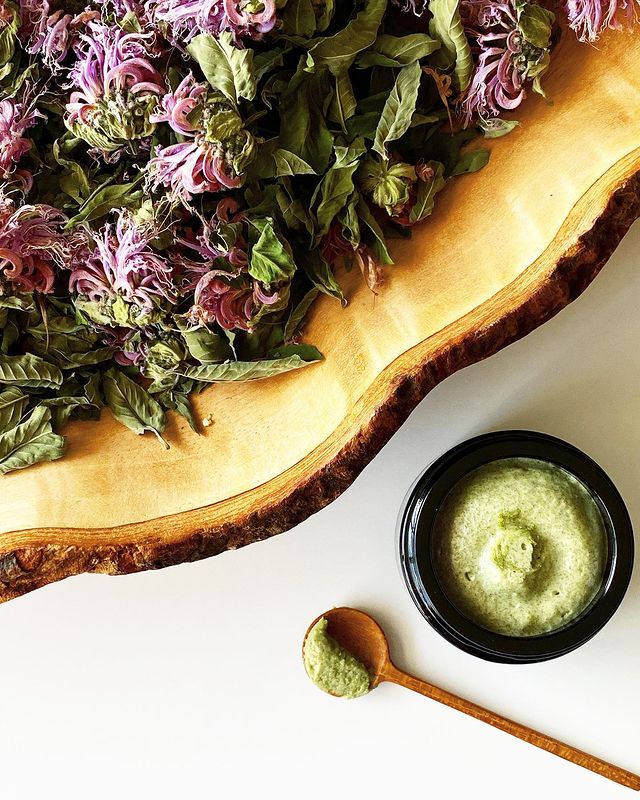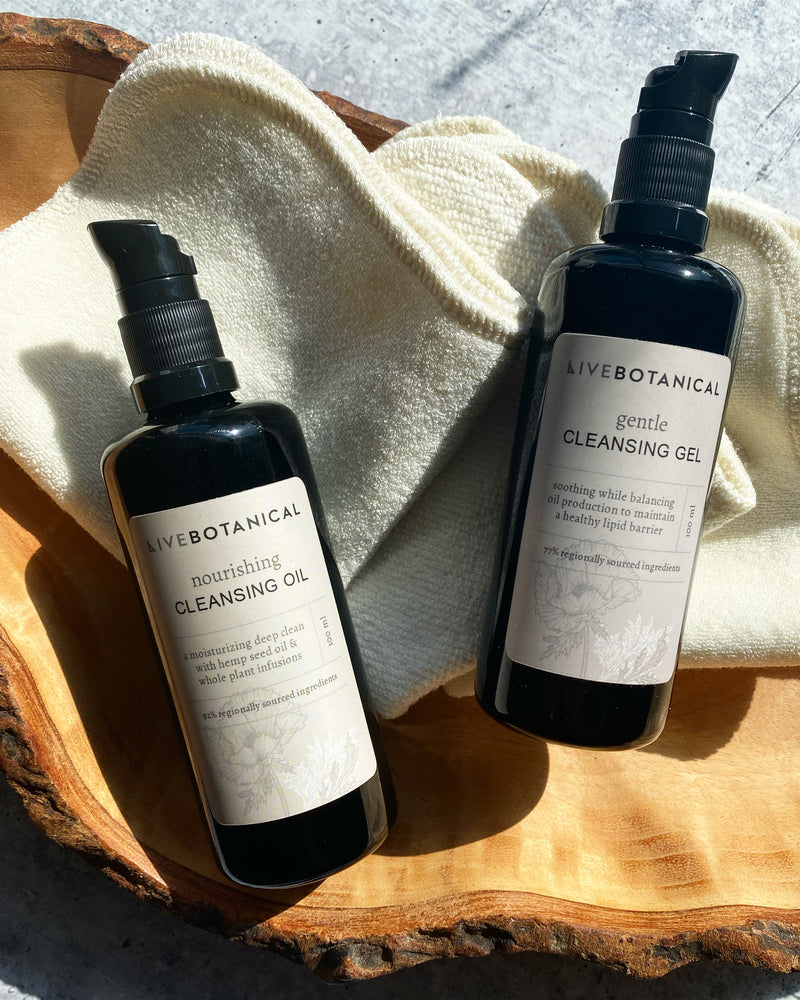The final installment of the Cleansing Series.
I touched on the acid mantle in the first article about cleansing frequency and wanted to elaborate a bit on how it ties into alternative cleansing options.
When thinking about the formulation process, I’m always evaluating the impact of the relationship between the lipid barrier (along with natural moisturizing factors), acid mantle and biome.
Where the emulsifiers and surfactants have more of a relationship with the lipid barrier, the acidity (pH) works more with the acid mantle. And having a balanced acid mantle supports a healthy biome since pH has an impact on what types of bacteria can thrive.
This is a super simplistic view as this function. It is deeply intertwined with our skin’s communication pathways but hopefully gives a high level concept.
Alternative cleansing options is an opportunity to reset or refresh the skin in between the act of a deeper cleanse:
- pH balanced mists (Hydrosols) are in my humble opinion an important part of skin care. Being naturally acidic makes them a great alternative cleanser. I prefer to use hydrosols blended with some type of humectant since distillation doesn’t extract those types of compounds from plants. See our Elixirs and Hydramists available for reference.
- Honey - I sometimes refer to this as nature’s gel cleanser. It has a naturally low pH, tiny bit of exfoliating (PHAs), it's hydrating and is water soluble allowing you to mildly cleanse the skin without impacting lipid structures.
- Our Tidal Moon Moisture Mask can be used similarly to a rich cleansing balm that balances hydration by increasing moisture or absorbing excess oil.
- The Glowing Honey Mask is another favorite as it uses honey, glycerin, a little jojoba and rosehip seed oil. Helping to give just a touch deeper cleanse and the herbal infusions add a little extra love.
- Lactic Acid - this is for the more experimental inclined. I would categorize this as how yogurt is sometimes mentioned for cleansing/exfoliating.
- Our Illuminating Exfoliating Serum has a low pH and contains a tiny amount of lactic acid (2.5%) which is the lowest amount to use in order to trigger the process of desquamation while limiting UV sensitivity.
A tiny nudge to help work through build up and with the addition of willow and meadowsweet it also dissolves sebum congestion.
For reference yogurt is a tenth of a percent lactic acid, so it doesn’t really exfoliate but is nice for hydration and also a low pH option. Great for powder masks and scrubs.
- Scrubs, these provide physical exfoliation to remove buildup. Powders can provide “surfactant” action since grains like oatmeal contain saponins which help cleanse the skin (sort of like soap).
- I feel these have a place and occasionally recommend the Greenhouse Glow Mask given the texture and natural emulsifiers for an oil cleanse and physical exfoliation in one.
My biggest caveat with this approach is I don’t recommend physical exfoliation or scrubs if you’re sensitive, especially people with rosacea. It’s my same concern with the overuse of a washcloth with non-emulsified cleansing oils. This friction can be damaging if your skin has a more difficult time rebalancing and repairing from possible micro-tears. Though as a mask without scrubbing, powders are OK for sensitive skin.
Do you have more questions?
We hope you found this 4 part cleansing series informative and if you need help deciding what could work best for you please contact us anytime. We are always delighted to help people on their skincare journey.
~Carolyn, owner & maker

